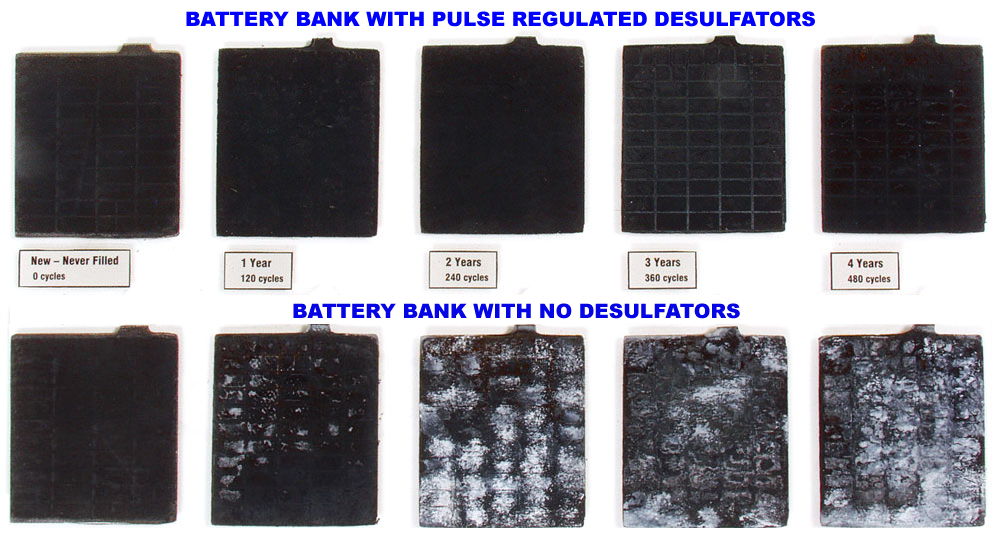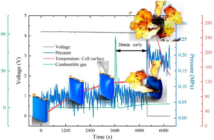The producers of desulfation devices claim wonders when offering their products to consumers across the globe. Nevertheless, according to my personal experience, these technologies are to a greater extent a hypothesis and has no practicality attached to them. It may be valuable for incidental maintenance, but again there is no confirmation that desulfation of a dead battery will bring it again to life or recuperate anything.
When crystals of lead sulfate develop on the lead plates, it is not simple enough to get rid of them and subsequently recondition the battery. Separating down solidified crystals and dissolving them back to the electrolyte obliges a charging voltage much higher than utilized to really charge the battery. However, if you were to put this steady high voltage through the battery it might overheat, discharge gas, and could possibly blast. Thus, to save batteries from reaching this end, Pulse conditioning is utilized, which involves putting short blasts of high voltage sufficient to move the crystals without excessively raising the overall temperature of the battery. But, again this is a theoretical concept and has no factuality attached to it.
Symptoms where Desulfation is said to be done:
a) White coating on plates
b) Low current supply
c) High internal resistance
Desulfation Techniques
Each lead acid battery has a total frequency of around 2 to 6 megahertz. If electricity pulses of low power, but high frequency and high voltage are sent into the battery, rhythmic resonance of the plates causes the crystal deposits to split and the sulfate comes back to the electrolyte solution. However, this method of desulfation takes three to four weeks normally throughout which the battery must be trickle charged i.e. charged in parallel to the desulphator so that the battery gets rejuvenated and completely charged.
Apart from above mentioned Short high current pulses method, other desulfation techniques are: STAMP, microcontrollers and 555 timer.
Related articles:




